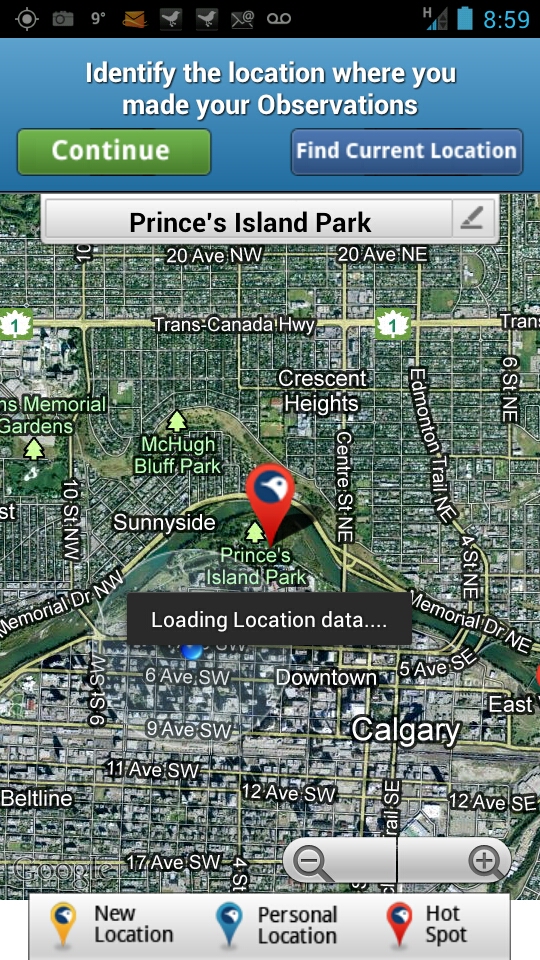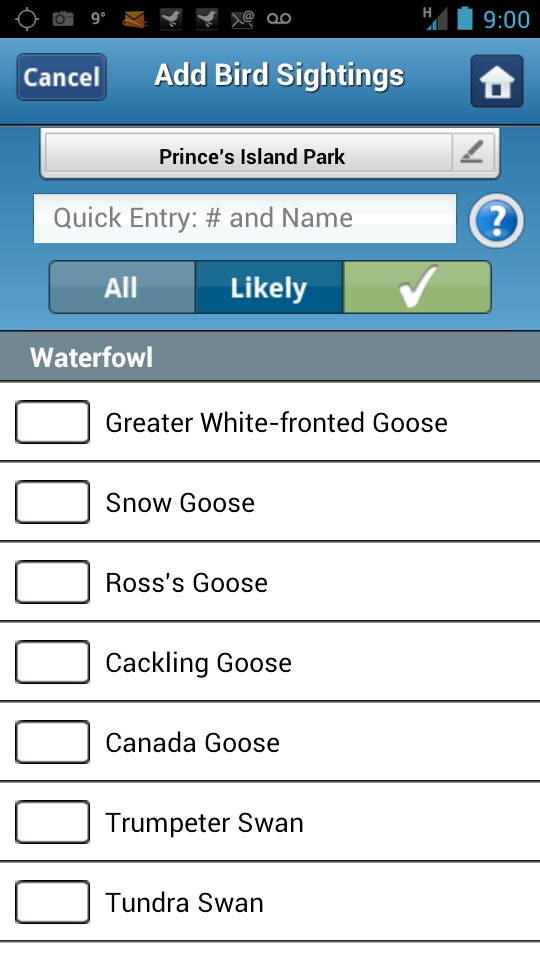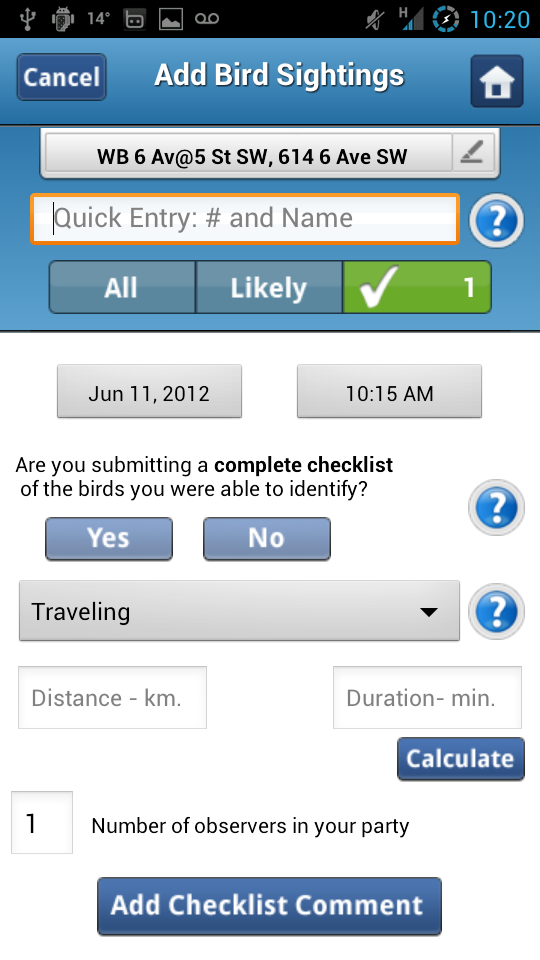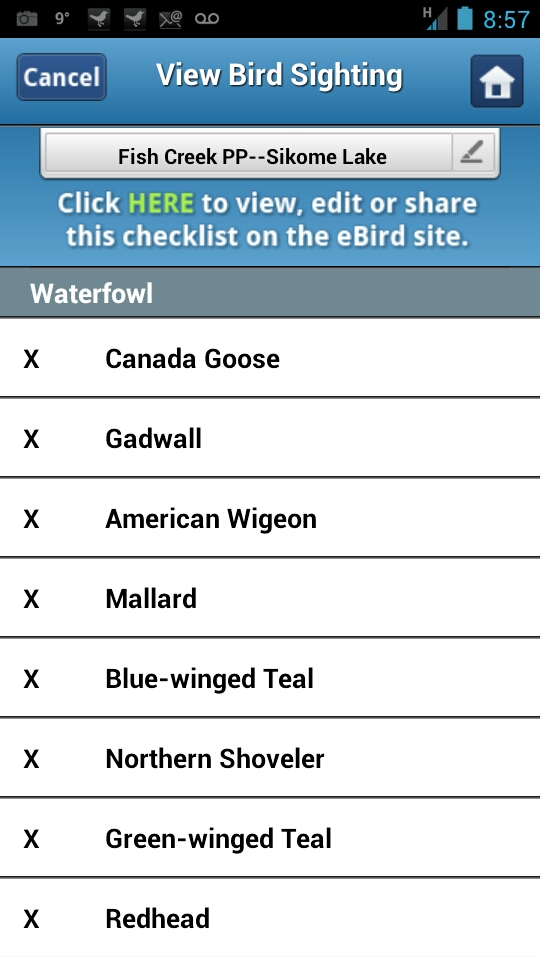Take part from Friday April 25th to Monday April 28th.
Posted by Bob Lefebvre
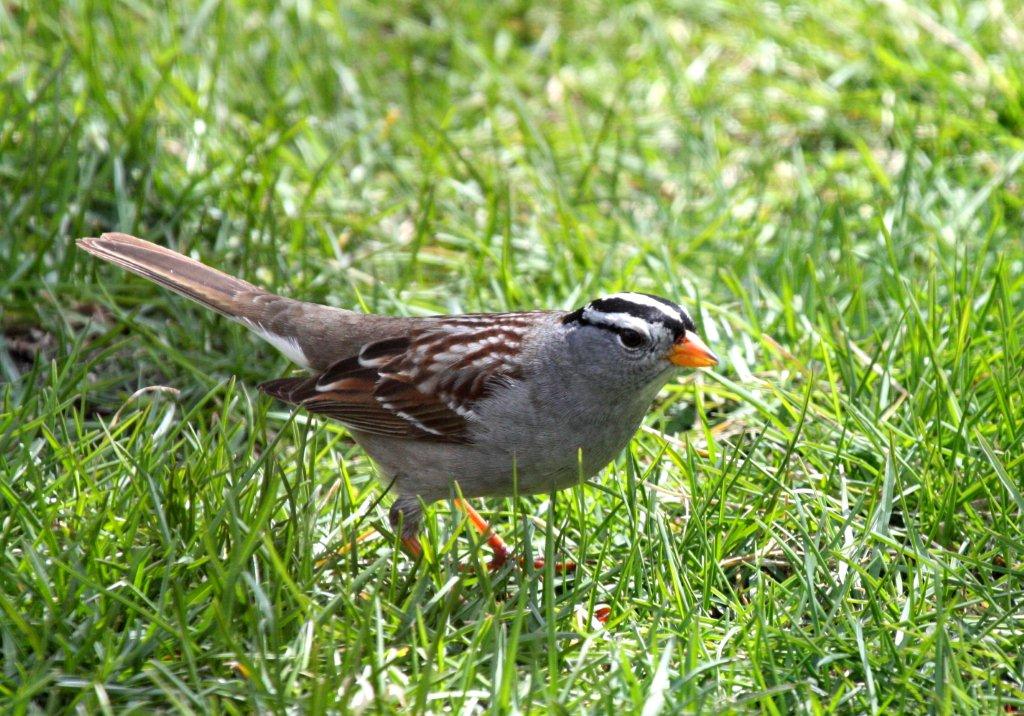
This coming weekend is the 7th annual City Nature Challenge in the Calgary area, organized by Matt Wallace. During this four-day event, particpants will document urban biodiversity on the iNaturalist app and website. Anyone can take part anywhere within the competition area:
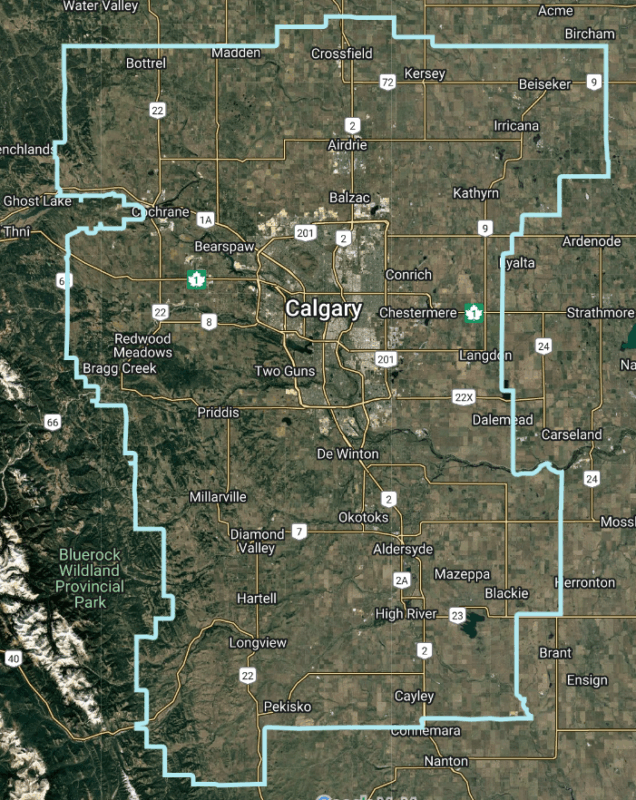
Although this is a fun and educational activity, and a friendly competition between hundreds of cities around the world, recording our biodiversity is critically important to the cause of conservation. As birders, many of us record our sightings on eBird, which is great for research into bird populations. But when it comes to governments and industry making changes to the environment, iNaturalist is the database that is most often used, as it provides a critical understanding of our complete biodiversity so that we can make responsible development decisions. In the first six years of the Calgary CNC, over 40,000 observations have been made. This is a great start, but we can do much more to fully document our species and to fill in the map with observations. Go to the Calgary CNC website for more information, and watch the video below:
Anyone can use the iNaturalist app on their smart phone or the iNaturalist website on their computer at any time of year to contribute to our biological knowledge. But the CNC is a great time to learn how to do this. There are many resources on the CNC website about how to use iNaturalist, how to take good identifiable photos, and how to upload your observations (you have until May 4th to upload your observations for this project, so you can use this weekend to just make as many observations as possible, and upload them later). See the detailed page about iNaturalist too.
There are many events planned for the upcoming weekend as well:
Friday April 25 – Frank Lake Bird Walk, Nose Creek Bioblitz Walk.
Saturday April 26 – Nature Walk at North Glenmore Park, Guided Photo Walk in the Weaselhead, Bragg Creek Bioblitz, Documenting Glenbow Ranch Provincial Park.
Sunday April 27 – St. Patrick’s Island Nature Walk, Nose Hill Community Pollinator Walk.
Monday April 28 – The Plants of Britannia Slopes.
Please see the CNC Events page here for more information and to register for any of these events. Bring your camera and phone, learn about our natural areas, and help us reach our goal of 15,000 observations this weekend.








